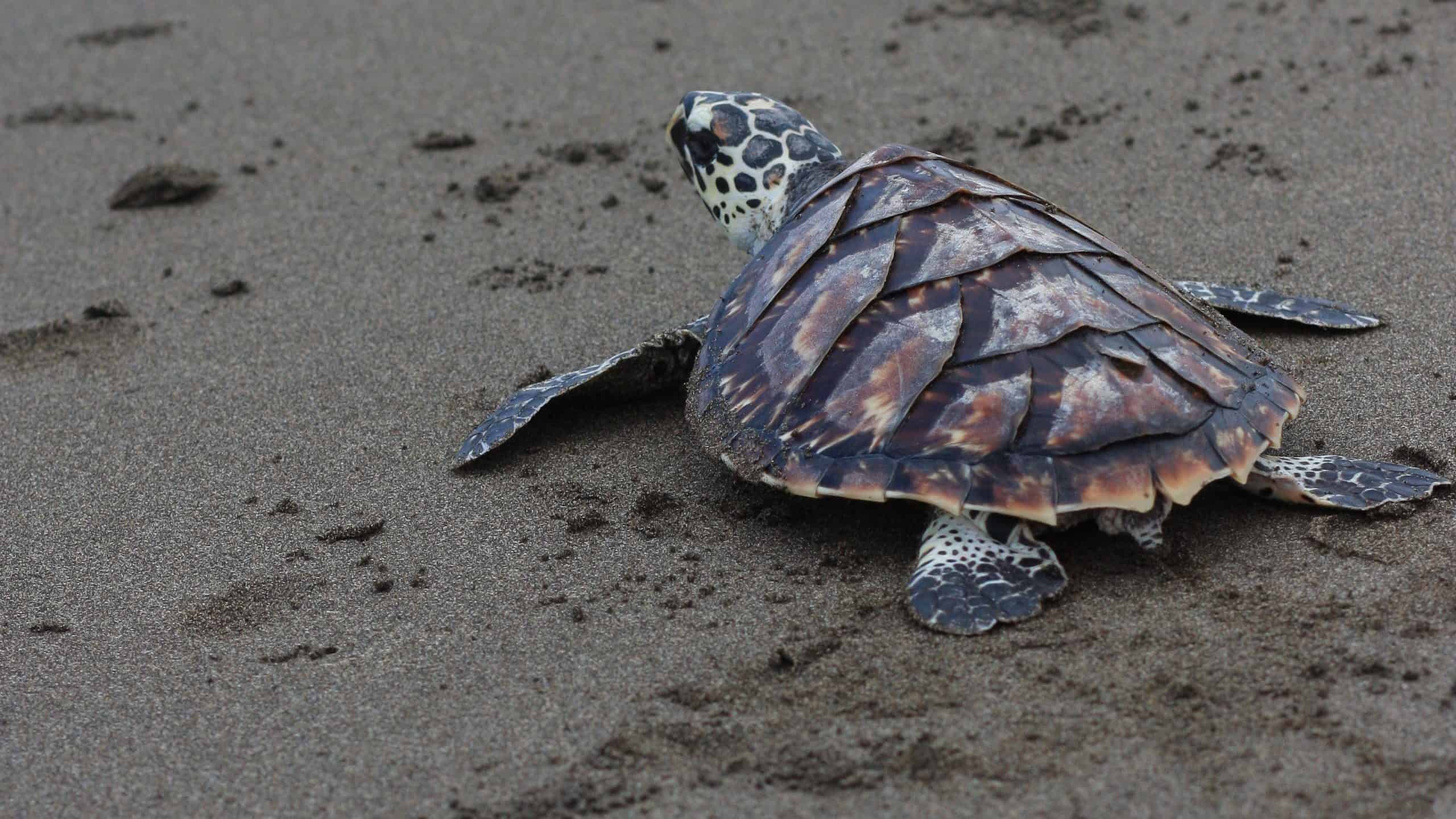↓ Continue Reading To See This Amazing Video
Sitting in the far northeastern corner of the United States, Maine has one of the least dense populations of any state in the country. Maine shares its eastern border with the Atlantic Ocean, and its northern border with Canada. Much of the interior is thick, forested mountains and hills. And, the state is home to its fair share of endangered animals. Here, we’ll discover six amazing animals that are endangered and living in Maine.
Read on to learn more!
1. North Atlantic Right Whale (Eubalaena glacialis)
Currently listed as Critically Endangered, the total north Atlantic right whale population is estimated to be less than 340 individuals. North Atlantic right whales occupy the waters off the coast of Maine, and swim throughout the waters of the northern Atlantic. Their primary threat comes from vessel strikes from large commercial ships, with further threats coming from entanglement in fishing gear and pollution.
©iStock.com/6381380
2. Kemp’s Ridley (Lepidochelys kempii)
Like north Atlantic right whales, these amazing, endangered animals live in Maine live in the Atlantic Ocean. Kemp’s ridleys are a type of sea turtle native to much of the Atlantic Ocean and the Gulf of Mexico. Their global population estimates are just over 20,000 individuals. They’re currently on the Critically Endangered list. The primary threats to Kemp’s ridleys come from gas and oil drilling and overharvesting of fish. Kemp’s ridleys are the smallest aquatic turtles on Earth, which makes them particularly vulnerable.
©Mahmud Hidayat/Shutterstock.com
3. Rusty Patched Bumble Bee (Bombus affinis)
With their classic yellow and black stripes, rusty patched bumble bees are easily recognizable. Currently listed as Critically Endangered, they occupy much of the northern east coast and Great Lakes region. Their population is currently on the decline, with threats including increased development (residential, commercial, industrial), and climate change. Bumble bees are also threatened by invasive species, disease, and pollution, among other causes.
©Taxomony/Shutterstock.com
4. Winter Skate (Leucoraja ocellata)
These amazing, endangered animals live in Maine and have a similar appearance to a sting ray. They’re currently on the endangered list. Winter skates live in the Atlantic waters off the coast of Maine, where they live for up to 18 years. With a declining population, winter skates are particularly at risk from overfishing and invasive species. Finding one in the wild might not be too easy either. Winter skates are the color of sand, with mottled dark speckles covering their bodies. Like sting rays, they have flat bodies with projecting “tails”.
©7,360 × 4,912 pixels, file size: 24.19 MB, MIME type: image/jpeg – License
5. Wood Turtle (Glyptemys insculpta)
The largest wood turtles grow to around nine inches long, and typically have light brown shells. Their underside patterns are bright orange and deep brown, and their feet have claws. Currently listed as Endangered, wood turtles occupy a diverse array of environments in Maine. They’re typically in or near sources of inland fresh water, and have a declining population. Surprisingly, adults can live up to an estimated 50 years in the wild. The wood turtles’ primary threats come from mining activities, roads, logging, development, and all manner of human activity. Additionally, collection for the illegal pet trade negatively impacts wood turtle populations.
©Brandt Bolding/Shutterstock.com
6. Freshwater Pearl Mussel (Margaritifera margaritifera)
They might not be the most photogenic creature on our list, but freshwater pearl mussels are nonetheless important. Listed as Endangered, these mussels are in the freshwaters of coastal Maine. Each generation of mussel lives for around 30 years, with a population currently on the decline. Freshwater pearl mussels are at risk from pollution, climate change, invasive species, water management systems (like dams), and overharvesting, among other things. Many people harvest mussels in the hopes that they might contain valuable pearls, a practice which has largely contributed to the species’ Endangered status. Interestingly, mussels filter water using specialized gills, which means they actually contribute to environmental cleanup—just by breathing.
©KRIACHKO OLEKSII/Shutterstock.com
Conclusion
Now that we know about these six amazing animals living in Maine, it’s time to find out why biodiversity is important. The status of each individual species (i.e. Critically Endangered, Endangered, Not Threatened) is an important marker of biodiversity in both regional and global ecosystems. But, just why do we need biodiversity?
Biodiversity is key to a healthy planet, and without a healthy planet, there can’t be a healthy “us”. Every creature on our planet contributes in some way to keeping the ecosystem in check. Bumble bees pollinate flowers, right whales eat krill and other tiny ocean organisms, and even the lowly mussel acts to keep waters clean. Removing any one of these species from the mix throws everything out of balance. This, in turn, has negative consequences for all humankind.
